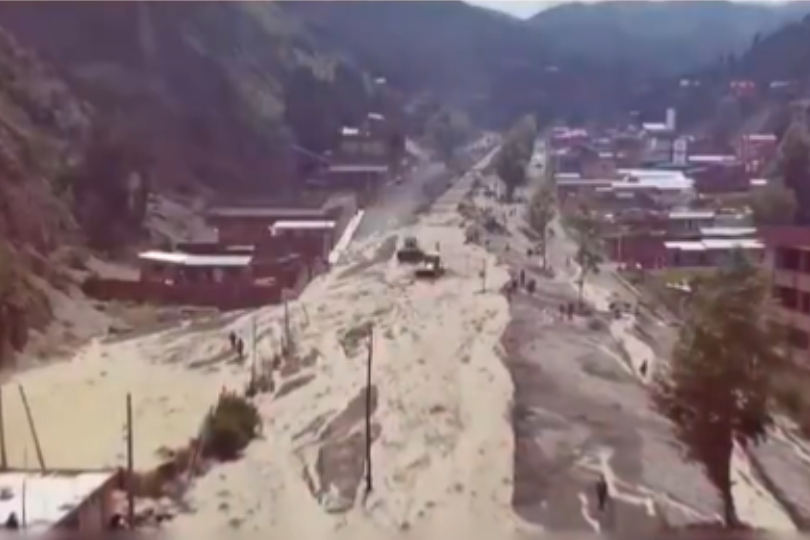Bolivia Rushes 400 Tons of Aid to Residents of La Paz After Torrential Rains
ON 03/19/2024 AT 01 : 55 AM

After heavy rains caused multiple rivers to overflow suddenly in Bolivia’s capital city of La Paz, flooding fractured substantial portions of the city’s water and power infrastructure, and destroyed 947 homes and seriously damaged another 381. 52 people are known dead and another 5 are still missing as of current counts.
Some 85,974 families were displaced or damaged in some way as a result of the catastrophe fueled by global warming and climate change.
On March 10, the day after the rains subsided, Bolivian President Luis Arce declared a state of emergency in the region. As part of that pledge, he ordered the deployment of a minimum 3,000 troops in and around the city, to secure the situation and prevent further damage to buildings and danger to the residents.
“We are deeply concerned by the difficult situation that our municipality in La Paz is going through,” he said.
Just three days later, on March 13, the Bolivian government’s Ministry of Civil Defense coordinated the delivery of the first major block of food, medical, and other emergency supplies to the region.
"Some 400 tons of humanitarian aid have been delivered, with an investment of more than three million bolivianos, taking into account that heavy machinery is being moved in different municipalities and delivering gabion mesh,” said Juan Carlos Calvimontes, Deputy Minister of Civil Defense, in announcing the action. “It is part of the first response to events".
Along with the aid, the government also sent out a total of 4,251 soldiers from 40 units of the Bolivian Joint Response Command to Adverse Events of the Armed Forces, to support the region as needed, including the organized distribution of supplies to those most in need.
Bolivia's government has been slow to fund any adaptation to the climate crisis and has made it worse by increasing deforestation, mining and fossil fuel extraction. Deforestation increased by 32% in 2022 and the country remains one of the worst on Earth for destruction of forests. The country is the largest producer of oil and gas in South America and relies on fossil fuels for most of its domestic energy consumption. Bolivia's corrupt and inept leftist government blames the "failed capitalist system" for climate change yet has continued to increase its own greenhouse gas emissions.
In 2014, under progressive President Evo Morales, Bolivia's national electricity agency ENDE announced its intention to generate up to 75% of the country's power from renewable sources by 2025, but little progress has been made towards that goal. Morales was ousted in a right-wing coup and the left-wing politicians who ousted the junta have been busy trashing the country to line their own pockets.
Bolivia does continue to deploy some wind and solar power but it is still doubling down on oil & gas and deforestation. Bolivians should anticipate an increasing number of climate disasters.
